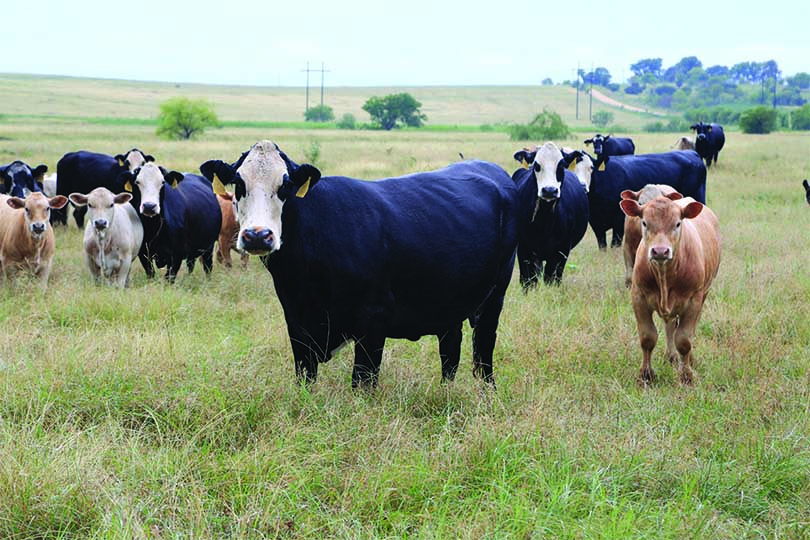Growth in agriculture over the next decade will likely come from increased yields, larger herds and more output per animal, according to a new report from the Organisation for Economic Cooperation and Development (OECD) and the Food and Agriculture Organization of the United Nations (FAO).
The OECD-FAO Agricultural Outlook 2017-2026 also predicts meat demand to slow over the next 10 years.
Based on predictions outlined in the report, global food commodity prices will remain low over the next decade compared to highs in previous years due to an expected slowdown in growth in a number of emerging economies.
World prices now, according to the report, are almost back to the levels reached before the 2007-2008 food price crisis.
For the most part, people will continue to eat as much as in previous years, but what they consume is expected to change.
Vegetable oil, sugar and dairy products are expected to provide additional calories and protein over the outlook period, while demand for food staples remains flat.
Meat demand is expected to slow in the coming years as there are no new sources of demand to offset previous momentum from China. Dietary preferences, low incomes and supply-side constraints are also expected to slow growth.
If crop production grows over the next decade, the report indicates it will happen through higher yields.
“Ninety percent of the increase in maize production is expected to come from increased yields and just 10 percent from area expansion,” the report reads.
Growth in meat and dairy will come through larger herds with more productive animals. The poultry sector will account for almost half of the total growth.
“Milk production growth will accelerate when compared to the previous decade, most notably in India and Pakistan,” the report reads. “It is foreseen that aquaculture would dominate growth in the fish sector, and farmed fish production will be the fastest-growing protein source among all commodities analyzed in the Outlook.”
Growth in agriculture and the fish sector are expected to slow to about one-half the previous decade’s growth, according to the report.
Agricultural trade is expected to remain resilient.
Exports are forecast to remain concentrated in a few supply countries, including the United States. That may imply a greater susceptibility of world markets to supply shocks, per the report.
“Real prices of most agricultural and fish commodities are expected to decline slightly over the 10-year outlook period,” Angel Gurria, OECD secretary-general, said. “As we have seen in the past, unexpected events can easily take markets away from these central trends, so it is essential that governments continue joint efforts to provide stability to world food markets.”
By 2026, the report predicts that average calorie availability will reach 2,450 kcal per person per day in the least developed countries. It is expected to exceed 3,000 kcal per day in other developing countries.
“But we also know that more food alone is not enough to eliminate undernourishment and other forms of malnutrition. Access to the additional calories is extremely important. More challenging is the fight against malnutrition. Fighting malnutrition requires a diversified, safe and nutritious diet, ideally produced with a lower environmental footprint,” FAO Director-General José Graziano da Silva said.


why would farm bureau post this dooms-day garbage. its unfounded and meer speculation…..